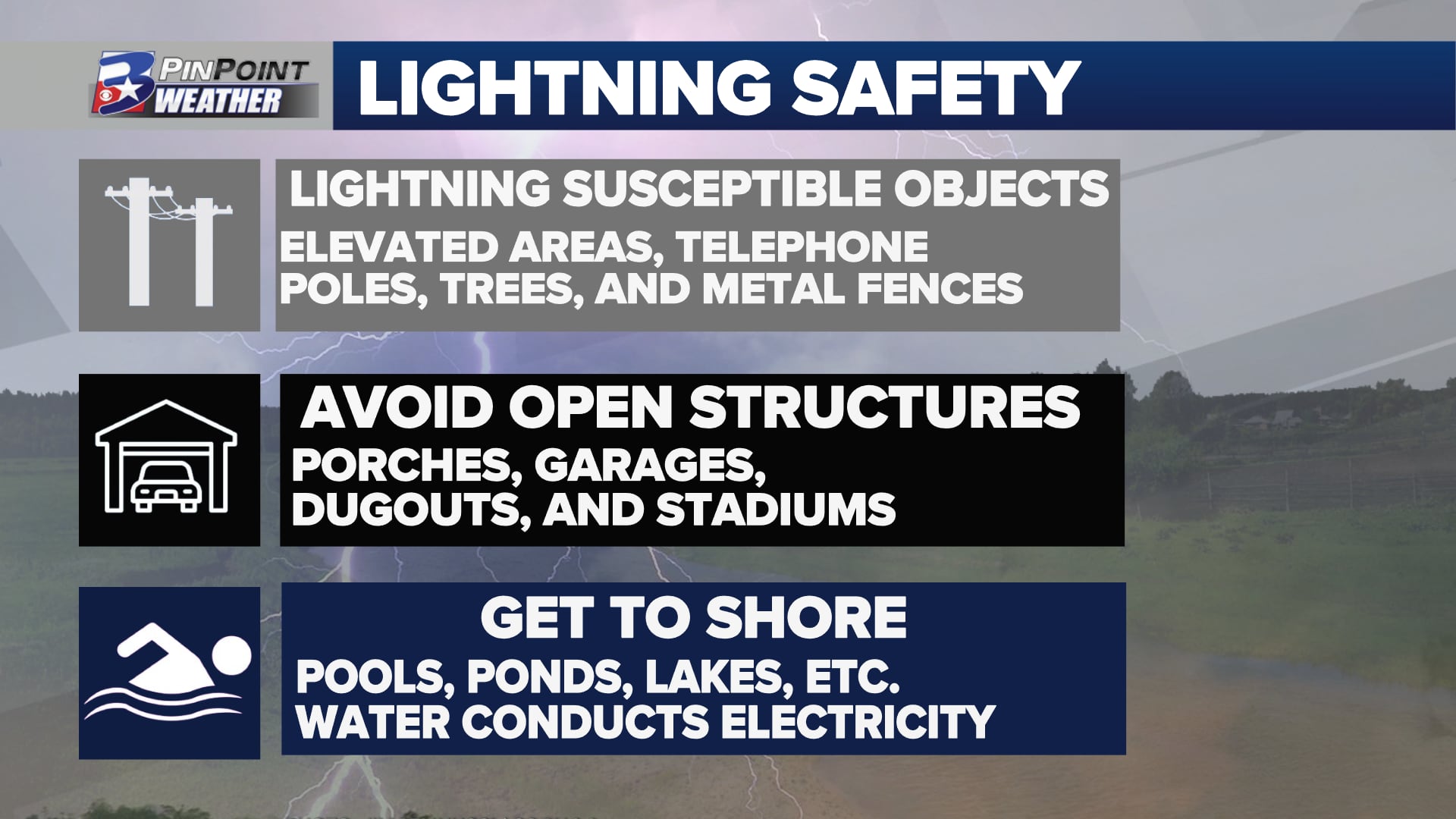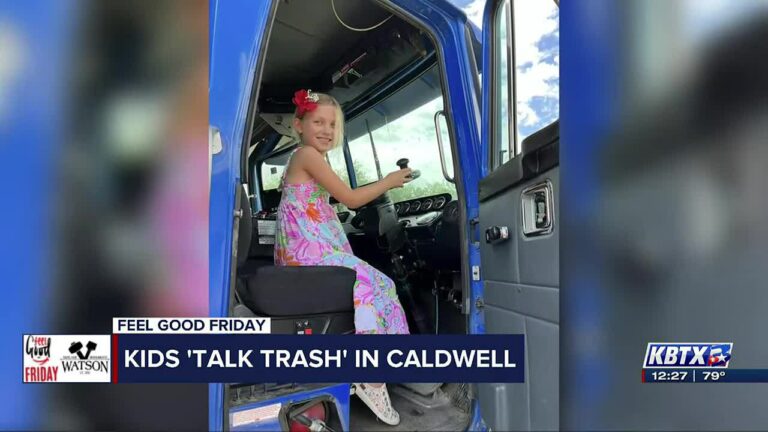Severe Weather Awareness Week: Lightning safety
BRYAN, Texas (KBTX) – A flash of light, a clap of thunder. It wakes us up from a dead sleep, startles us even in the peak of day, and, very briefly, contains temperatures hotter than the surface of the sun.
The Lone Star State is home to some of the most electric storms in the country.
Dr. Tim Logan, a professor of Atmospheric Science at Texas A&M University, researches lightning for a living. As the Director of the Houston Lightning Mapping Array (HLMA) Network, his eyes are on every thunderstorm that moves over the state of Texas.
“That’s the surest sign that there is ice in the thundercloud,” Logan says regarding lightning. “Smaller ice crystals will take a positive charge, and the larger ice crystals like snow, graupel, or hail, will take a negative charge to the bottom of the cloud.”
These “charges” (and subsequent “discharges” known as lightning) are present in any and every cumulonimbus cloud, which are the big, tall, cauliflower patches in the sky. Over 42 million of these discharges took place in Texas during 2023 alone.
Believe it or not, the most strikes seen per square kilometer was just a county over from B/CS in Wesley Grove, TX.
“[Wesley Grove is] the lightning capital of the world right now,” Logan says. “That’s what we’ve found within the confines of the network we have.”
Severe weather season is obviously a common time to find lightning, but our proximity to the gulf allows ample moisture available year-round, meaning thunderstorms are possible even in the cold of winter!
If you do find yourself stuck outside this spring or otherwise, there are ways to protect yourself.
Lightning strikes are most common in the state of Texas. While outdoors, there are a few ways to protect yourself if you aren’t able to get inside.
The only way to ensure your safety during a thunderstorm is to get inside, away from doors and windows, until the storm has passed. As a general rule of thumb, waiting 30 minutes from the last time you heard thunder will tell you if you are far enough away from a thunderstorm to safely had back outside.







